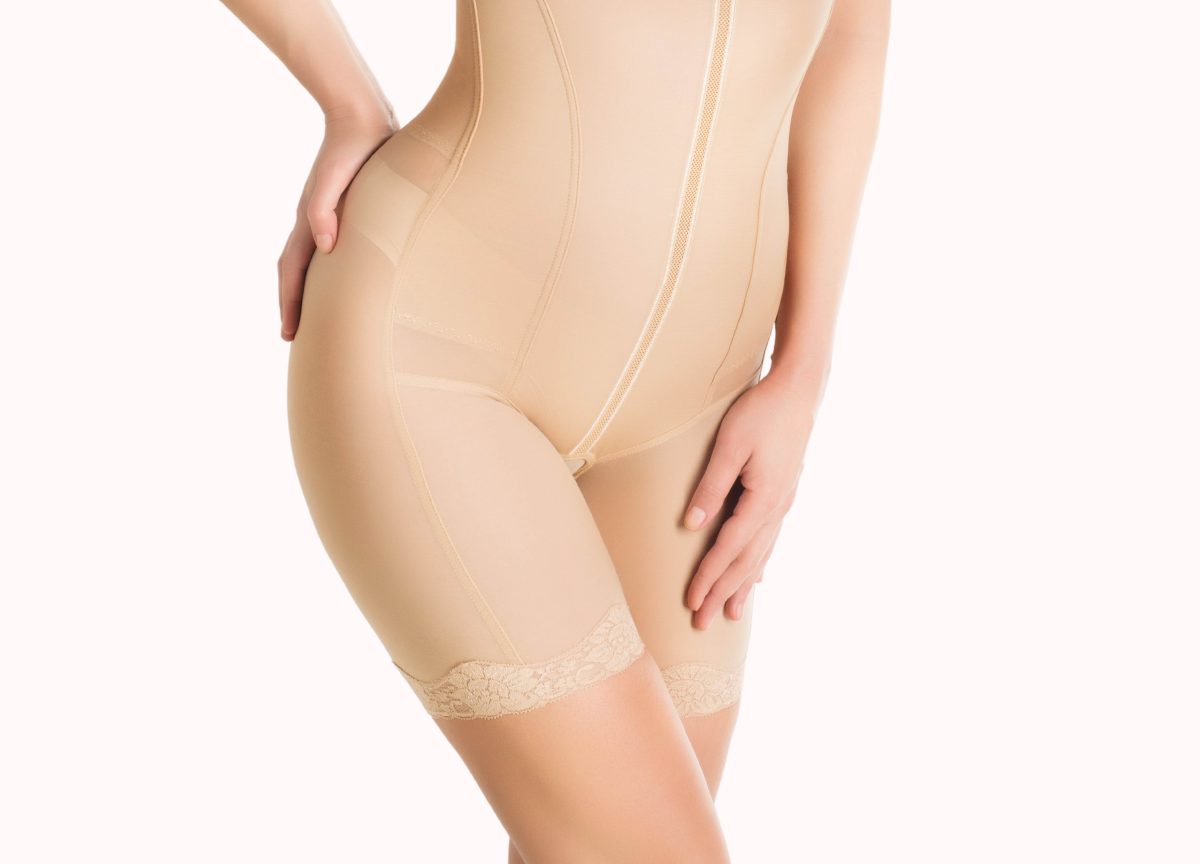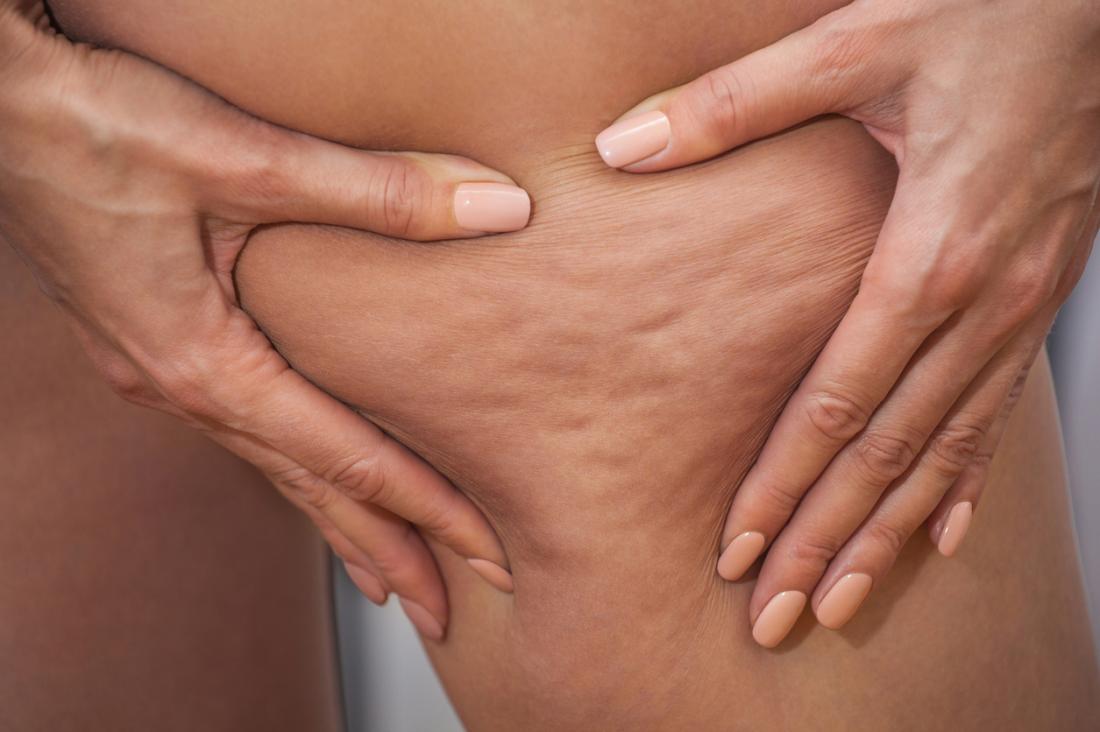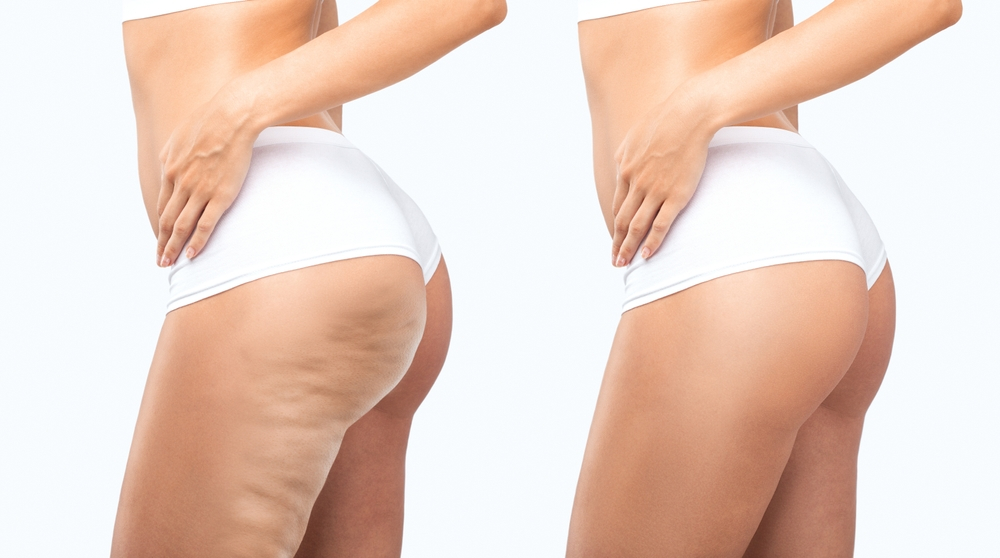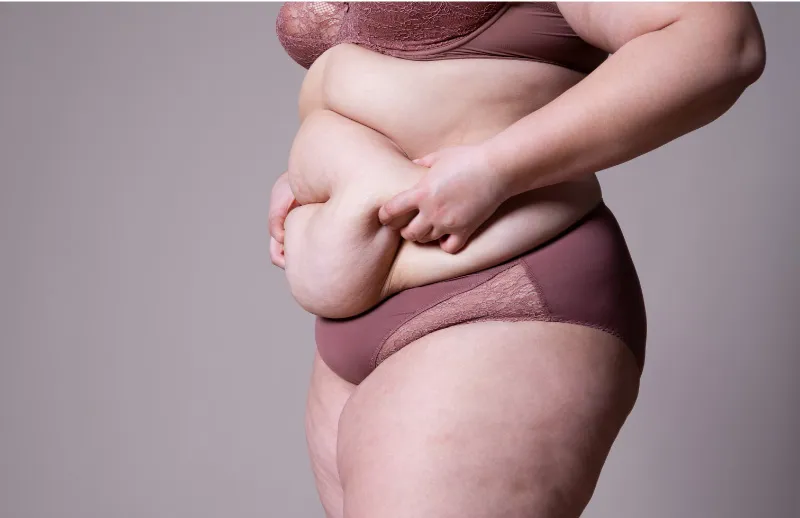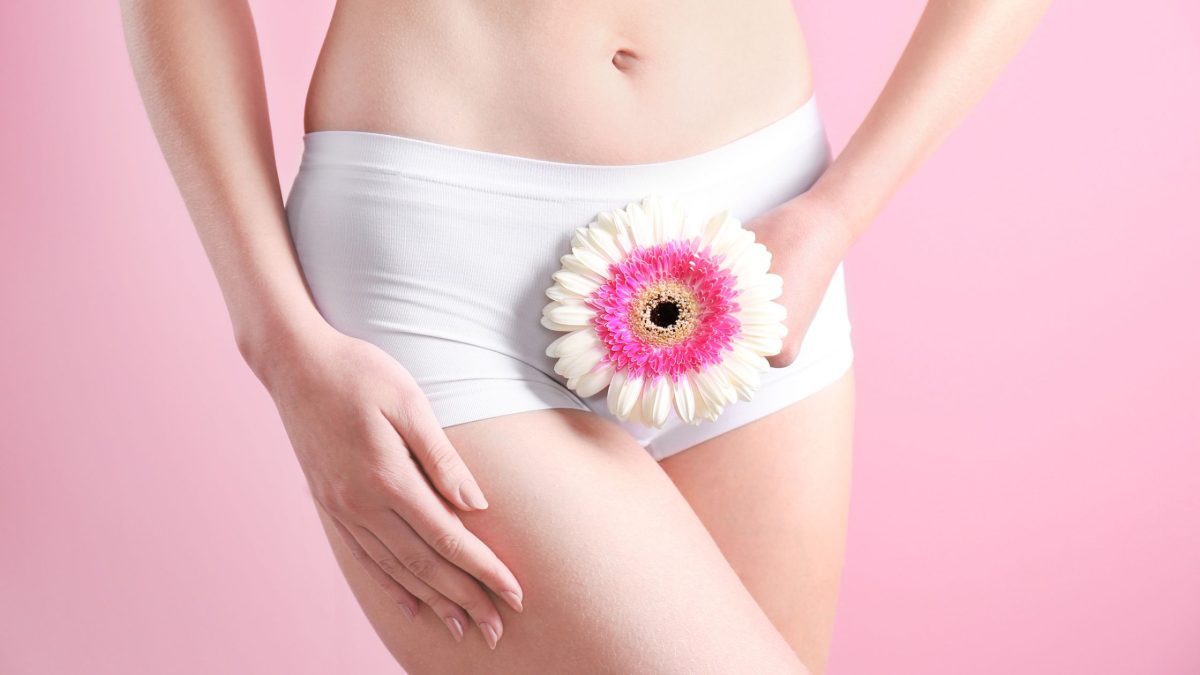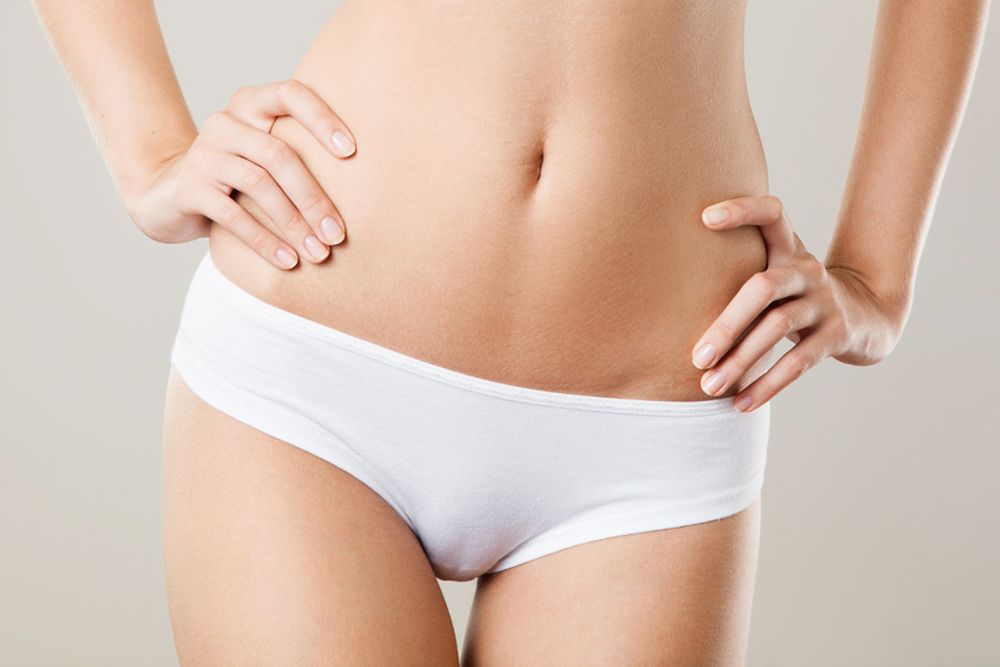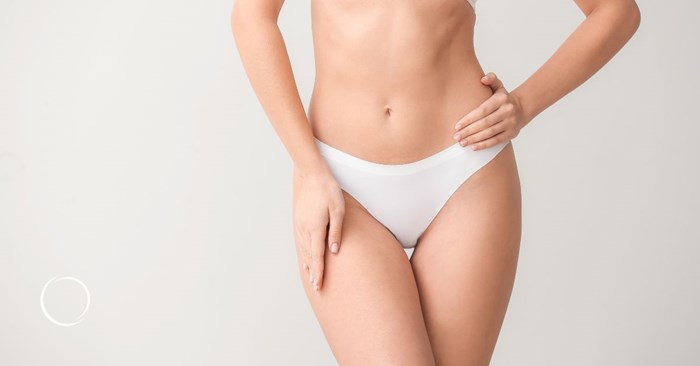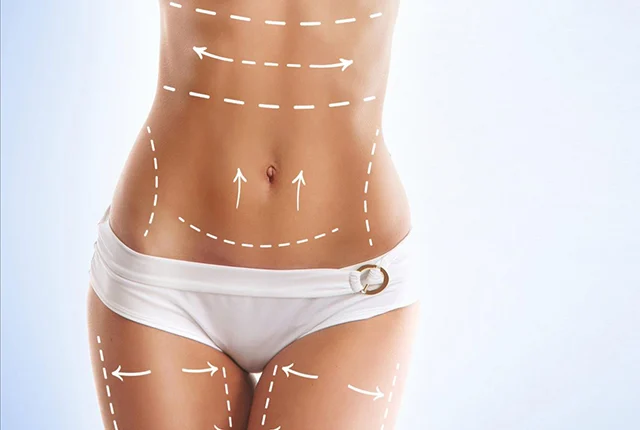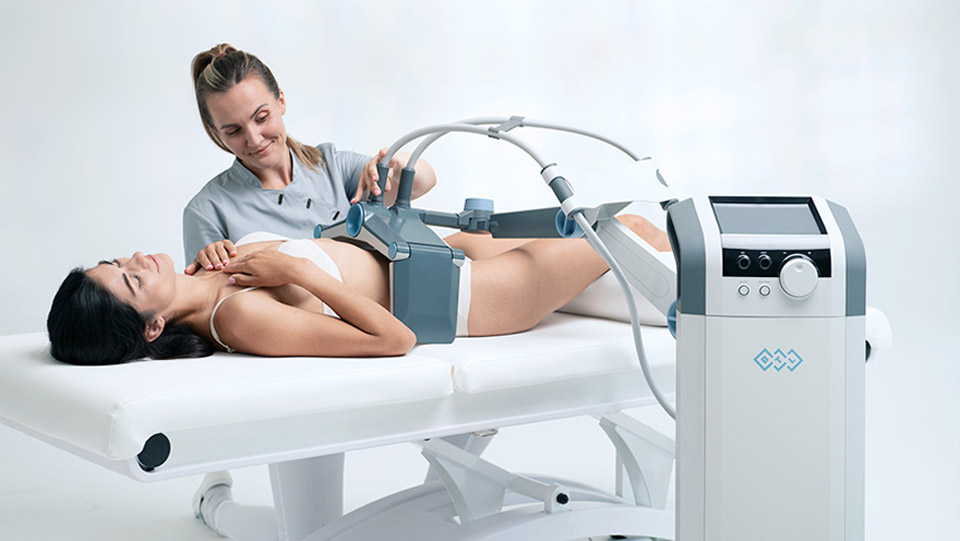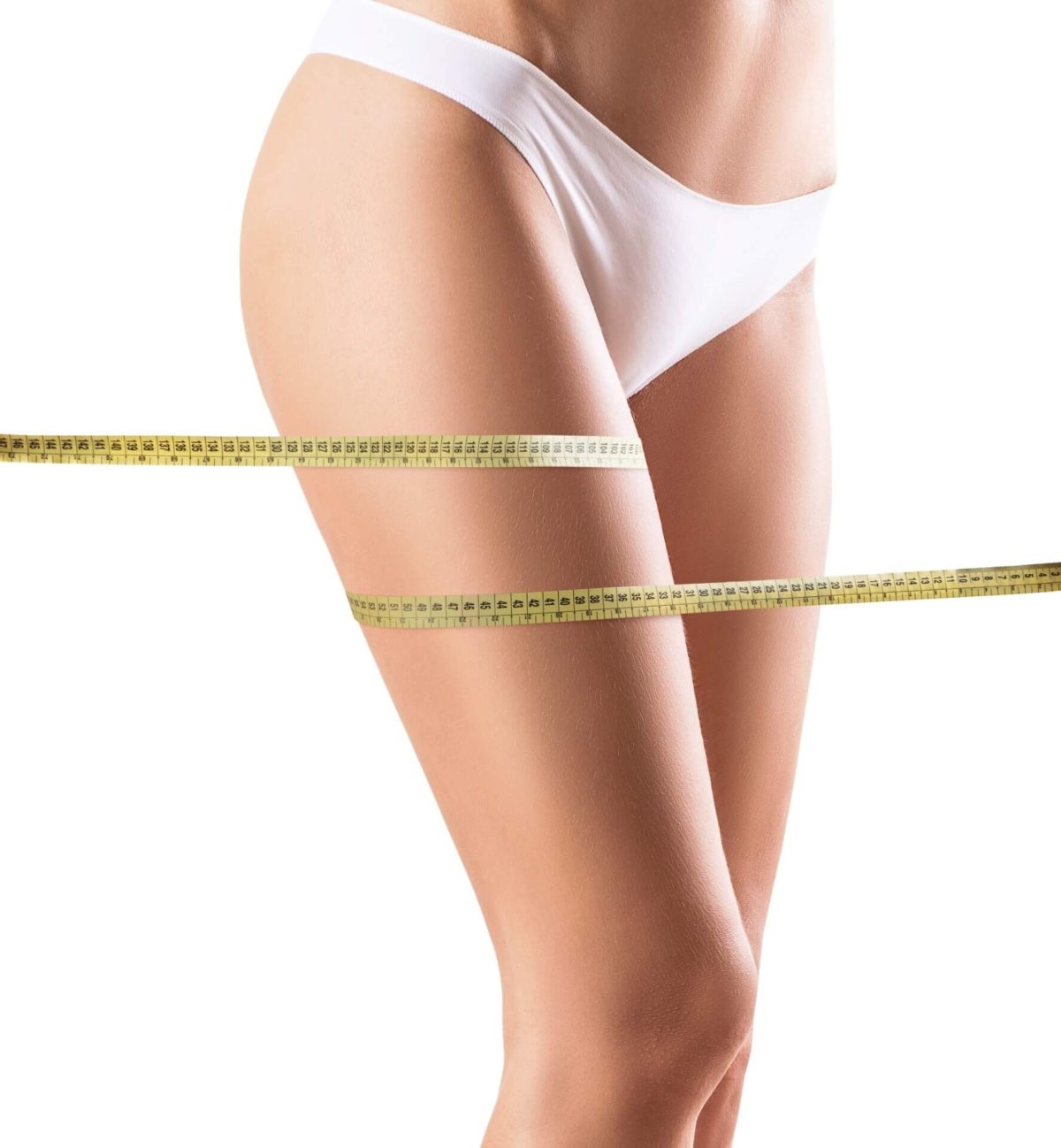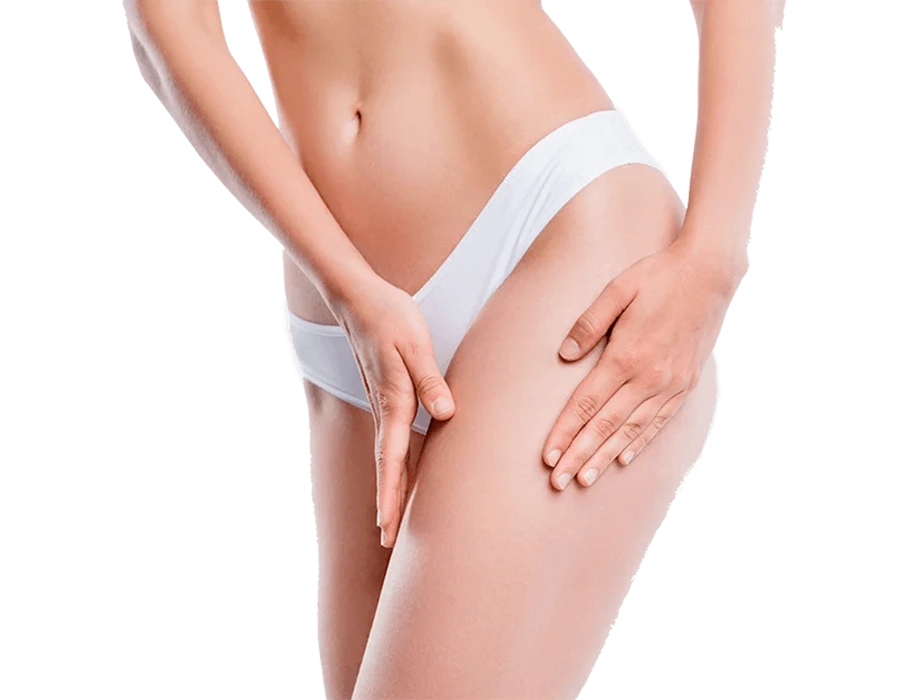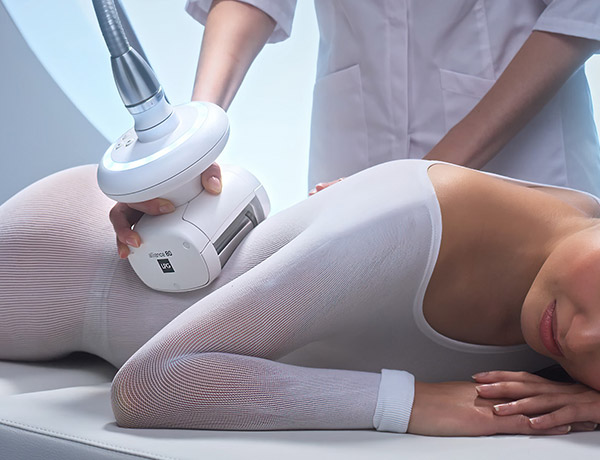Post-surgery compression garments, such as a surgical bra made from proprietary tricompression fabric, play a crucial role in recovery after a breast procedure or surgical procedure. They help reduce swelling and support healing after surgery. Wearing these surgery dress garments, including breast augmentation compression bras made of proprietary tricompression fabric and way stretch compression fabrics, can enhance comfort and improve blood circulation. Many people overlook their importance in plastic surgery, but they can make a significant difference in the healing process with surgical compression garments and operative garments as a step.
Choosing the right compression garment, such as operative garments made with proprietary tricompression fabric, is essential for optimal results in the postsurgical recovery process and is a crucial step. It’s not just about style; it’s about functionality. A well-fitted operative garment, such as quality compression garments or medical grade compression garments, can prevent complications and promote faster recovery. Understanding how to use surgical compression garments effectively will ensure you get the most benefit. In this post, we’ll explore the step benefits of post-surgery compression garments and tips for selecting the best ones for your needs.
Importance of Post-Surgery Compression Garments
Reduce Swelling
Surgery compression garments play a vital role in recovery. They help reduce post-operative swelling and bruising. After surgery, the body can retain fluid in the affected areas, so wearing surgical compression garments or medical grade compression garments is an important step in recovery with operative garments. This can lead to discomfort and delayed healing. Compression garments apply consistent pressure to these areas. This pressure helps push excess fluid back into circulation. Studies show that patients who wear these garments experience less swelling, step compared to those who do not.
Compression also aids in controlling bruising. Bruising occurs when blood leaks from vessels into surrounding tissues, often requiring surgical compression garments or operative garments for management. Surgical compression garments minimize this leakage by supporting the skin and underlying structures. Wearing these garments for several weeks post-surgery can significantly improve outcomes.
Provide Support
Surgical compression garments provide necessary support to surgical areas. After procedures like breast augmentation, the body needs extra care, including a surgical compression garment. These garments are designed to fit snugly without being restrictive. They enhance comfort by stabilizing the surgical site. This stability can ease pain and discomfort during recovery.
For instance, a surgical compression bra offers targeted support for breast surgeries. It keeps the breasts in place while they heal. Patients often report feeling more secure and comfortable when wearing surgical compression garments. The right fit is crucial for maximum benefit. Ill-fitting garments may cause irritation or even hinder recovery.
Promote Circulation
Promoting better circulation is another key benefit of surgical garments. Improved blood flow accelerates healing. Compression garments encourage blood to flow efficiently through veins. This reduces the risk of complications such as blood clots with a surgical compression garment.
Wearing discreet compression post-surgery for men can make daily activities easier. Patients, including men, can move around more freely while still receiving the benefits of compression. Many designs, such as surgical compression garments, are made to be worn under clothing, making them practical for everyday use.
Proper circulation, aided by a compression garment, also helps deliver nutrients needed for healing to the surgical site. As a result, patients often experience a quicker return to normal activities after surgery with a compression garment.
Benefits in Surgical Recovery
Shape Maintenance
Compression garments play a crucial role in maintaining the shape and contour of the surgical area. After surgery, swelling can distort the desired results. These garments apply steady pressure to the skin, helping it adhere to the underlying tissues. This process supports the healing process by ensuring that the body retains its intended shape with a compression garment.
Patients often notice improved outcomes when they wear these garments consistently. For example, those recovering from liposuction or tummy tuck procedures benefit greatly from a compression garment. The compression helps reduce excess fluid buildup in men and promotes proper healing.
Complication Reduction
Minimizing complications is vital during the surgical recovery process. Compression garments help reduce the risk of blood clots, a serious concern after many surgical procedures. They improve blood circulation by applying even pressure on the limbs using a compression garment. This enhanced circulation can prevent blood from pooling in veins in men, which can lead to clot formation.
Studies have shown that wearing compression garments post-surgery significantly lowers complication rates. Patients who use these garments are less likely to experience issues like deep vein thrombosis (DVT). DVT can be life-threatening if not addressed promptly.
Comfort and Mobility
Enhancing overall patient comfort is another significant benefit of surgical recovery garments. Many patients report feeling more secure when wearing compression garments. The snug fit provides support for the surgical area, reducing discomfort associated with movement.
Mobility is also improved with these garments. Patients, including men, can move more freely without worrying about pain or strain on their bodies. This ability to move comfortably aids in faster recovery. Physical activity is essential during the surgery heal phase for men, as it promotes circulation and reduces stiffness.
Psychological Benefits
Wearing compression garments can also offer psychological benefits during recovery. Many patients, including men, feel more confident knowing they are taking steps to aid their healing process. This sense of control can positively impact their emotional well-being for men, which is crucial during recovery.
The combination of physical support and emotional reassurance for men leads to a smoother recovery journey. Patients often report higher satisfaction levels when they adhere to wearing these garments as directed.
Shopping Considerations
When looking to shop for the right compression garment, it’s important to consider fit and material. Proper sizing ensures optimal effectiveness in supporting recovery needs. It’s advisable to consult with healthcare providers for recommendations tailored to individual surgeries.
Men should look for breathable fabrics that provide comfort throughout daily activities. Compression levels vary, so understanding specific requirements based on surgical procedures is essential.
Healing and Swelling Reduction
Swelling Control
Compression garments play a crucial role in reducing swelling after surgery. They apply consistent pressure to the skin. This pressure helps limit fluid retention. As a result, men and patients often notice less swelling in the affected areas.
Fluid buildup in men can lead to discomfort and longer recovery times. By wearing compression garments, individuals can address this issue effectively. The garments help maintain a balanced environment for healing. Many men patients report seeing a difference within just a few days of use.
Rapid Wound Healing
Improved blood flow is essential for rapid wound healing. Compression garments enhance circulation in the surgical area. This increased blood flow in men delivers oxygen and nutrients more efficiently. Consequently, tissues can repair themselves faster.
In addition to promoting healing, these garments also help manage bruising. Bruising occurs when blood vessels break during surgery. Compression minimizes the space where blood can pool. This action leads to a decrease in visible bruising over time for men.
Pain Management
Post-surgical pain can be challenging to manage. Compression garments provide support that helps alleviate discomfort. They stabilize the surgical site, reducing movement that might cause pain. As a result, men and patients often feel more secure and comfortable.
Many people find that wearing these garments helps them cope with post-operative pain better than without them. The snug fit provides reassurance for men and encourages mobility as they heal.
Day-to-Day Use
Wearing compression garments daily is vital for optimal healing results. Patients should follow their surgeon’s recommendations regarding duration and frequency of wear. Typically, these garments are advised to be worn for several weeks post-surgery.
Consistency is key to achieving the best results. Patients should ensure they wear the garments as directed, especially during physical activities or while resting.
Summary of Benefits
-
Reduces swelling effectively.
-
Accelerates wound healing through enhanced blood flow.
-
Helps manage pain by providing support.
These benefits make compression garments an important part of post-surgical recovery plans. The combination of reduced swelling, improved healing, and pain management leads to better overall outcomes for patients.
Improved Post-Surgery Outcomes
Skin Texture
Compression garments help improve skin texture after surgery. They promote a smoother and more even appearance. Men patients often notice this change in the weeks following their procedure. These garments apply gentle pressure to the skin. This pressure helps reduce irregularities and promotes healing.
Surgeons recommend wearing these garments for a specific duration. Following postoperative guidelines is crucial for optimal results. Compression can also prevent fluid accumulation under the skin in men, which may lead to uneven textures.
Infection Prevention
Lowering the risk of post-surgical infections is another benefit of compression garments. After surgery, the body is vulnerable. Open wounds or incisions can easily become infected. Wearing these garments provides an extra layer of protection.
The fabric acts as a barrier against bacteria and other harmful agents. It also helps keep the surgical area clean. Many doctors emphasize the importance of following postoperative instructions carefully. This includes wearing compression garments as directed.
Long-Term Results
Support for long-term results comes from consistent use of compression wear. These garments help maintain surgical corrections achieved during procedures like cosmetic surgery or breast procedures. They ensure that the body retains its new shape over time.
Plastic surgeons often advise patients to wear these garments for several weeks or months post-surgery. This practice aids in maintaining the desired outcome while minimizing complications.
Patients who adhere to their doctor’s recommendations typically experience better overall satisfaction with their results. Proper use of compression garments contributes to a successful recovery journey.
Comfort and Fit
Comfort plays a vital role in encouraging patients to wear compression garments consistently. Many companies design these garments with adjustable features for a better fit. A well-fitting garment offers adequate support without causing discomfort.
Patients should consult their surgeon about the best options available. Finding the right size and style can make a significant difference in compliance with postoperative care.
Emotional Well-being
Post-surgery recovery can be challenging emotionally and physically. Compression garments not only assist with physical healing but also provide psychological benefits. Feeling supported can boost confidence during recovery.
Patients often report feeling more secure when wearing these garments. This sense of security can lead to improved emotional well-being during a vulnerable time.
Selecting the Right Compression Garment
Type of Surgery
Different surgeries require different types of compression garments. For example, after abdominal surgery, a full-body garment may be necessary. In contrast, for breast surgery, a specialized bra may suffice. Understanding the specific needs for each stage of recovery is crucial.
For liposuction patients, compression fabric helps reduce swelling and promotes healing. Medical grade compression garments provide targeted support. They help maintain skin integrity and improve blood circulation.
Proper Fit
A proper fit is essential for maximizing effectiveness and comfort. Compression garments should feel snug but not restrictive. If they are too loose, they won’t provide adequate compression. If they are too tight, they can cause discomfort or impair circulation.
Measuring your body correctly ensures you select the right size. Many brands offer sizing charts to guide your choice. Always try on the garment before purchasing if possible. Adjustments may be needed for optimal comfort.
Consult Healthcare Providers
Consulting with healthcare providers is important when selecting a compression garment. They can provide personalized recommendations based on individual needs and surgical procedures. Doctors often recommend specific brands or types of compression garments to ensure effective recovery.
Healthcare professionals understand how compression therapy aids in healing. They can suggest when to wear the garment and for how long each day. Following their advice enhances recovery outcomes.
Quality Matters
Investing in quality compression garments pays off in the long run. Look for medical grade compression garments that meet industry standards. These products are designed to withstand daily use while providing consistent support.
Consider materials used in the garment as well. Proprietary tricompression fabric offers three levels of compression for better results. Way stretch compression fabrics allow freedom of movement while still delivering support.
Male Compression Garments
The market also includes male compression garments tailored specifically for men’s bodies. These garments cater to different recovery needs just like those designed for women. Men undergoing surgery can benefit from targeted support that fits their physique.
Additional Features
e compression garments come with additional features like inserts or adjustable straps. Compression inserts can enhance support in specific areas, while adjustable straps allow for a customized fit throughout recovery stages.
Choosing the right garment involves considering all these factors carefully.
Factors for Choosing Garments
Material Quality
Evaluate the material quality of compression garments. High-quality fabrics ensure durability and comfort. Look for materials that offer breathability. Breathable fabrics help regulate body temperature during extended wear. This is important, especially after surgery when skin sensitivity can increase.
Marena garments are known for their superior fabric technology. They provide moisture-wicking properties that keep the skin dry. This reduces irritation and enhances comfort. Check if the garment feels soft against the skin. A rough texture can cause discomfort over time.
Ease of Use
Check for ease of use when selecting operative wear. Many garments come with features that make them user-friendly. Look for options that are easy to put on and take off. This is crucial, especially after surgery when movement may be limited.
Garments with zippers or front closures can simplify the process. Some designs include open-crotch features for bathroom visits. These small details can significantly improve daily life during recovery.
Adjustable Features
Look for adjustable straps in compression garments. These allow users to customize fit and support levels. A proper fit is essential for effective compression therapy. Adjustable straps can accommodate swelling, which often occurs post-surgery.
Targeted compression zones are also vital. These zones provide extra support where it’s needed most. For instance, areas around the abdomen or thighs may require more pressure. Garments designed with these features enhance recovery by promoting circulation.
Fit and Style
Consider the fit and style of the garment as well. Compression clothing should hug the body without being too tight. A snug fit ensures that the garment performs its function effectively.
Styles vary widely from full-body suits to targeted area garments. Choose based on your specific needs and preferences. Some may prefer a discreet design under regular clothes, while others might opt for something more supportive.
Recommendations
Here are some tips to help you choose:
-
Prioritize material quality: Select breathable and durable fabrics.
-
Ensure ease of use: Look for user-friendly designs.
-
Check for adjustable features: Opt for customizable straps and targeted compression zones.
Innovative Designs for Comfort
TriFlex™ Fabric
TriFlex™ compression fabric plays a crucial role in post-surgery garments. This material offers softness and durability, ensuring comfort during recovery. It stretches easily, adapting to body movements. The fabric’s breathability helps regulate temperature, enhancing the overall experience. Users can wear these garments for extended periods without discomfort.
Garments made with TriFlex™ also provide consistent support. They maintain their shape after multiple washes. This quality ensures that patients feel secure and confident throughout their recovery process.
Secure Fit
The design of these garments focuses on staying in place. Compression garments should not shift or ride up during daily activities. Designers create them to move with the body, providing ease of use. This feature is especially important for those recovering from surgery.
A secure fit prevents unnecessary irritation. It allows users to focus on healing rather than adjusting their clothing. Many garments include adjustable straps or closures to enhance this fit. These options allow for personalized comfort levels.
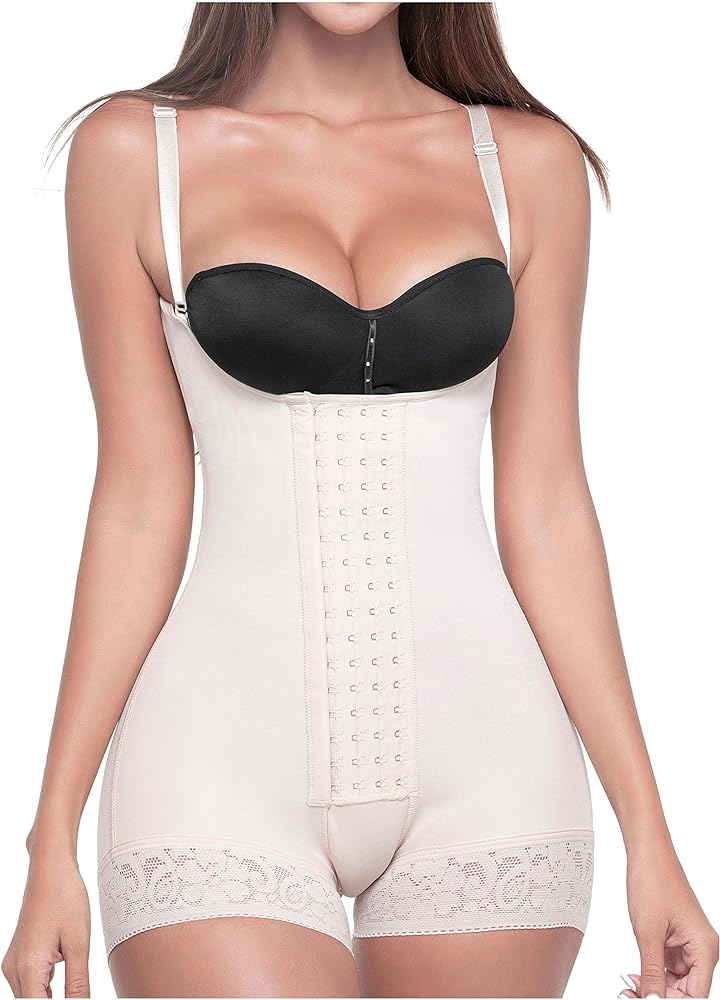
Comfort Features
Post-surgery compression garments should include features that reduce irritation. Flat seams are one such detail that enhances comfort during long-term wear. They minimize friction against the skin, which is essential for sensitive areas post-surgery.
e garments also feature moisture-wicking properties. This function keeps the skin dry and comfortable, reducing the risk of rashes or infections. Patients can feel at ease knowing their garments work to protect their skin.
Breathable panels are another important aspect of comfort-focused designs. These panels allow air circulation, preventing overheating during extended wear. Patients appreciate how these thoughtful details contribute to their overall experience.
Confidence Boost
Wearing well-designed compression garments can boost confidence during recovery. Patients often feel self-conscious about their appearance after surgery. A good-fitting garment can help them feel more like themselves again.
Supportive designs provide reassurance as they heal. Compression garments offer both physical support and emotional comfort. This combination fosters a positive mindset during recovery.
Advanced Materials and Technology
Medical-Grade Fabrics
High-quality, medical-grade fabrics are essential for post-surgery compression garments. These materials are designed to be gentle on the skin. They provide support without causing irritation. Patients benefit from fabrics that reduce the risk of allergic reactions.
Compression garments made from these specialized fabrics help in recovery. They can improve circulation and reduce swelling. This is crucial during the healing process. The right fabric can make a significant difference in comfort levels.
Moisture-Wicking Technology
Moisture-wicking technology plays a vital role in enhancing user experience. This technology draws sweat away from the skin. It keeps the skin dry and comfortable throughout the day. Keeping moisture at bay helps prevent infections, especially after surgery.
Many garments incorporate this feature to ensure comfort during movement. Individuals who wear these garments can feel secure knowing they stay dry. This is particularly important for those who are active or in warmer climates.
Seamless Construction
Seamless construction is another key feature of modern compression garments. This design eliminates seams that can cause chafing and discomfort. A smooth surface allows for unrestricted movement, which is essential for recovery.
Patients often report higher satisfaction with seamless options. These garments fit better and feel more natural against the skin. The absence of seams reduces the risk of irritation during daily activities.
Benefits for Men
Men also benefit from advancements in compression garment technology. Many products are specifically designed for male anatomy and needs. These garments provide targeted support without compromising comfort.
Post-surgery recovery can be challenging for men as well. Compression garments tailored for them can aid in healing processes just as effectively as those designed for women.
Stages of Recovery
Different stages of recovery require different levels of compression. Early stages may need higher compression to control swelling. As healing progresses, lighter options might be more suitable.
Patients should consult with healthcare providers to choose the right product for their stage of recovery. Using the appropriate garment can significantly impact overall recovery time and comfort.
Top Products Available
There are numerous options available on the market today. Some brands stand out due to their innovative use of materials and technology. Researching top-rated products can help patients find what best suits their needs.
Choosing high-quality post-surgery compression garments ensures better outcomes. Investing in advanced materials leads to improved comfort and effectiveness during recovery.
Resumen
Post-surgery compression garments are crucial for your recovery journey. They reduce swelling, enhance healing, and improve outcomes. Choosing the right garment can make all the difference. With innovative designs and advanced materials, comfort is now a priority.
Investing in quality compression garments pays off. You’ll feel better, recover faster, and get back to your routine sooner. Don’t overlook this essential part of your post-surgery care. Explore options that suit your needs and preferences. Your body deserves the best support during recovery. Take action today—find the right compression garment and give yourself the care you need to heal effectively.
Frequently Asked Questions
What are post-surgery compression garments?
Post-surgery compression garments are specialized clothing designed to apply pressure to specific body areas post-operation. They help support healing, reduce swelling, and improve overall recovery outcomes.
How do compression garments aid in recovery?
Compression garments enhance blood circulation, minimize swelling, and provide support to the surgical site. This accelerates healing and can lead to a smoother recovery process.
When should I start wearing compression garments after surgery?
It’s typically recommended to wear compression garments immediately after surgery or as advised by your healthcare provider. Early use maximizes benefits for healing and swelling reduction.
How long should I wear compression garments?
The duration of wear varies by procedure and individual needs. Generally, patients should wear them continuously for several weeks, transitioning to part-time use as advised by their doctor.
Can I choose any compression garment for recovery?
Not all compression garments are suitable for every surgery. It’s crucial to select a garment that fits your specific surgical area and follows your surgeon’s recommendations for optimal results.
Are there any innovative features in modern compression garments?
Yes, many modern compression garments incorporate advanced materials for breathability, moisture-wicking properties, and ergonomic designs for enhanced comfort during recovery.
Where can I purchase quality post-surgery compression garments?
Quality post-surgery compression garments can be purchased from medical supply stores, specialty online retailers, or directly from your healthcare provider’s recommendations. Always ensure they meet medical standards.



